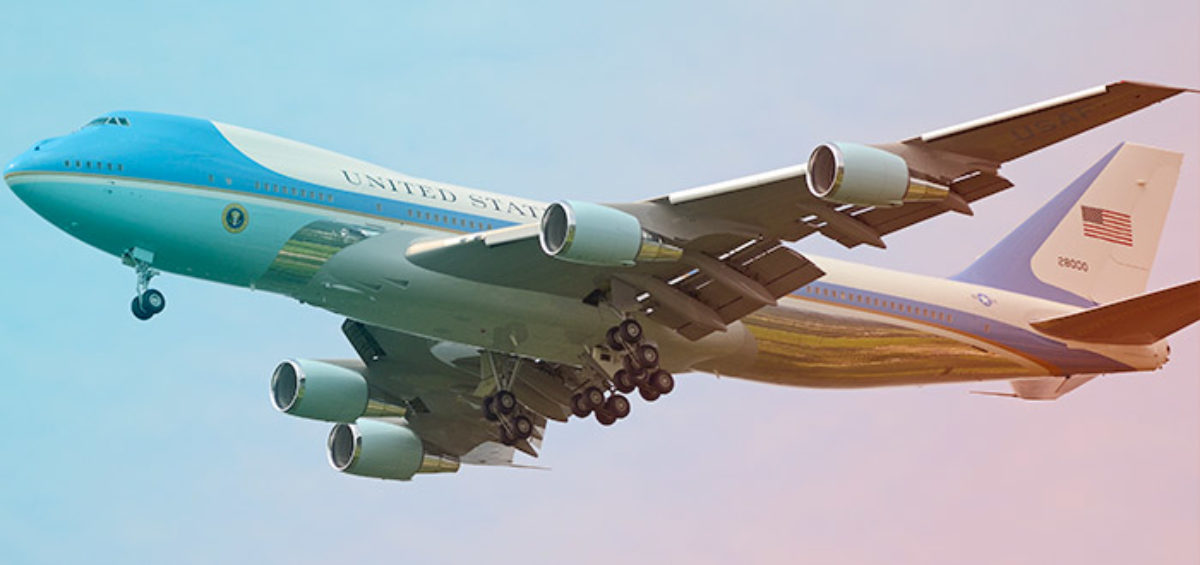If you’ve spent any time as a business traveler in the last 40 years, you’ve no doubt flown in or seen the unmistakable Boeing 747. It’s the one with the wide, 2-aisle body, the 6-story-high rudder and the iconic hump that includes the cockpit and often a first-class lounge.
But this plane, known as the Queen of the Skies, will be harder to find at airports after 2017. United is accelerating plans to phase out its 20 747s, which cover routes between San Francisco and international destinations, and Delta will follow through with previously announced plans to cease using its 5 747s by year’s end. When 2018 starts, not a single U.S.-based commercial carrier will have a 747 in its fleet.
The End of an Era in Business Travel
Boeing has sold more than 1,500 747s in its history, making this model the best-selling wide-body jetliner in history. Others tried to replicate the 747’s success. McDonnell Douglas created the DC-10; Lockheed offered the L-1011. But nothing was as widely used, recognized and beloved as the 747.
Business travelers who found themselves on long-haul flights in the 1970s, 1980s and 1990s inevitably flew on 747s. They loved the spacious interiors, the increased headroom and the common areas that have disappeared in the 21st century as airlines cram more and more seats into their jets.
The 14-step spiral staircase at the front of the plane led up to a first-class lounge on most 747s. This lounge became the very symbol of in-flight luxury and privilege. Some first-class passengers reported that pilots would even leave open the door between the lounge and the cockpit, welcoming in passengers for tours — an unthinkable experience in today’s age of in-flight security.
What Happened to the 747?
The Boeing 747 was once essential to airline fleets. How did it so quickly reach obsolescence?
Part of the 747’s early appeal was that its 4 engines made intercontinental travel safer. But, today, new technology has allowed 2-engine jets to make overseas flights far more safely than in the 1960s and 1970s when Boeing designed, manufactured and placed into service the 747.
Newer jets are less expensive to operate, too. The 747 requires more maintenance than today’s typical jet, and it uses about 20 percent more fuel than options that can carry a similar number of passengers.
Customers also grew dissatisfied with the flying experience on 747s. The jetliner that once represented the height of in-flight luxury grew dated in the 21st century. Business travelers and other gravitated to newer products and more advanced in-flight experiences.
And, finally, the hub-and-spoke model that airlines once used has disappeared as the industry has deregulated. There’s now less of a need for behemoth jets that can carry almost 400 passengers on long-haul flights.
Where You Can Still See the 747
British Airways will continue using its 37 747s. A modified 747 will continue in its role as Air Force One. U.S. charter flights will also continue to use the 747. And, for those interested in touring the classic jet model and its first-class lounge, the very first 747 to take to the skies is on display at Seattle’s Museum of Flight.
Welcome to the Future of Business Travel
With the 747 disappearing, what will business travelers fly on international routes? The Airbus A380 is now the only 4-engine, wide-body jet in use. It accommodates close to 400 passengers using a double-deck design.
United will now use the 366-seat Boeing 777-300ER on the San Francisco routes that the 747 once served. It will also include 3 Airbus A350-1000s in its San Francisco-based fleet, as well as the Boeing 787-10 at some point in the future.
In the words of United President Scott Kirby, who wrote to company employees about the phasing out of the 747, this is a “bittersweet milestone” — for business travelers and the many others who flew on the 747 and enjoyed its unique and luxurious features.
JTB USA Business Travel joins United and others in saluting the Boeing 747 at the end of its run in U.S.-based fleets. At JTB, we serve as a corporate travel agency that supports American businesses with a common sense approach to business travel. When you need domestic or international flights that fit your schedule and budget while also delivering the comfort the 747 was once known for, we can help you find it.
Contact us to learn more about The Common Sense Approach to Business Travel.














Leave a Comment